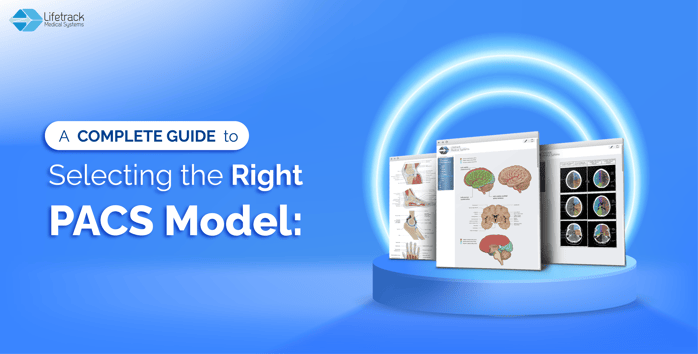
A Complete Guide to Selecting the Right PACS Model:
The field of medical imaging is ever evolving, and with it, the technologies that drive its progress. At the heart of this evolution lies Picture Archiving and Communication Systems (PACS), playing a pivotal role in storing, retrieving, presenting, and sharing medical images. As we advance further into the digital age, the deployment of PACS comes in various formats: traditional on-premises setups, cloud-based solutions, and hybrid models. Each format offers distinct advantages, disadvantages, and suitability for specific scenarios. Understanding the nuances between these architectures has become crucial to optimizing efficiency, safeguarding patient data, and ensuring regulatory compliance.
This article intends to offer in-depth comparisons of on-premises, cloud-based, and hybrid PACS models. We assess elements including affordability, security, scalability, data accessibility, and flexibility. Our mission is to support healthcare executives, IT specialists, and physicians in making well-informed decisions that align with the demands and long-term goals of their organizations. To achieve this, we provide an unbiased analysis showing no preference for any PACS deployment options. Our goal is to present a transparent evaluation by weighing the advantages, disadvantages, and potential challenges associated with each option. By doing so, we hope to empower our readers with the necessary knowledge to make the best PACS model choice for their specific healthcare institution.
By delving into each model's distinctive features, we aim to stimulate a discourse that will guide future PACS deployment strategies in an increasingly digital, patient-centric healthcare landscape. The narrative of this article underscores that there is no one-size-fits-all solution when it comes to PACS; instead, the optimal solution depends heavily on the specific goals, resources, and constraints inherent to each healthcare institution.


